Diethyl 1,4-dihydro-2,4,6-trimethyl-3,5-pyridinedicarboxylate
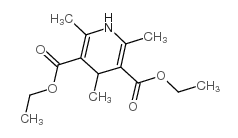
Diethyl 1,4-dihydro-2,4,6-trimethyl-3,5-pyridinedicarboxylate structure
|
Common Name | Diethyl 1,4-dihydro-2,4,6-trimethyl-3,5-pyridinedicarboxylate | ||
|---|---|---|---|---|
| CAS Number | 632-93-9 | Molecular Weight | 267.32 | |
| Density | 1.12g/cm3 | Boiling Point | 335ºC at 760 mmHg | |
| Molecular Formula | C14H21NO4 | Melting Point | 130-132 °C(lit.) | |
| MSDS | Chinese USA | Flash Point | 123.3ºC | |
| Symbol |

GHS07 |
Signal Word | Warning | |
Use of Diethyl 1,4-dihydro-2,4,6-trimethyl-3,5-pyridinedicarboxylateDiethyl 2,4,6-trimethyl-1,4-dihydropyridine-3,5-dicarboxylate is a mouse-modeling drug that can induce Mallory body (MB) formation. MBs reached maximum concentration on day 5 of refeeding. Liver cell regeneration increased on the third day of refeeding[1]. |
| Name | 3,5-diethoxycarbonyl-1,4-dihydrocollidine |
|---|---|
| Synonym | More Synonyms |
| Description | Diethyl 2,4,6-trimethyl-1,4-dihydropyridine-3,5-dicarboxylate is a mouse-modeling drug that can induce Mallory body (MB) formation. MBs reached maximum concentration on day 5 of refeeding. Liver cell regeneration increased on the third day of refeeding[1]. |
|---|---|
| Related Catalog | |
| References |
[1]. Q X Yuan, et,al. Mallory body induction in drug-primed mouse liver. Hepatology. 1996, 24, 3. |
| Density | 1.12g/cm3 |
|---|---|
| Boiling Point | 335ºC at 760 mmHg |
| Melting Point | 130-132 °C(lit.) |
| Molecular Formula | C14H21NO4 |
| Molecular Weight | 267.32 |
| Flash Point | 123.3ºC |
| Exact Mass | 267.14700 |
| PSA | 64.63000 |
| LogP | 2.22870 |
| Index of Refraction | 1.51 |
| Storage condition | Flammables area |
| Symbol |

GHS07 |
|---|---|
| Signal Word | Warning |
| Hazard Statements | H315-H319-H335 |
| Precautionary Statements | P261-P305 + P351 + P338 |
| Personal Protective Equipment | dust mask type N95 (US);Eyeshields;Gloves |
| Hazard Codes | Xi |
| Risk Phrases | 36/37/38 |
| Safety Phrases | S26-S37/39 |
| RIDADR | NONH for all modes of transport |
| WGK Germany | 3 |
| HS Code | 2933399090 |
| Precursor 10 | |
|---|---|
| DownStream 8 | |
| HS Code | 2933399090 |
|---|---|
| Summary | 2933399090. other compounds containing an unfused pyridine ring (whether or not hydrogenated) in the structure. VAT:17.0%. Tax rebate rate:13.0%. . MFN tariff:6.5%. General tariff:20.0% |
|
Brugia malayi infective larvae fail to activate Langerhans cells and dermal dendritic cells in human skin.
Parasite Immunol. 37(2) , 79-91, (2015) Filarial infection in humans is initiated when a mosquito deposits third-stage parasite larvae (L3) in the skin. Langerhans cells (LCs) and dermal dendritic cells (DDCs) are the first cells that the p... |
|
|
Controlling the misuse of cobalt in horses.
Drug Test. Anal. 7(1) , 21-30, (2015) Cobalt is a well-established inducer of hypoxia-like responses, which can cause gene modulation at the hypoxia inducible factor pathway to induce erythropoietin transcription. Cobalt salts are orally ... |
|
|
Aberrant expression of claudin-4 and -7 in hepatocytes in the cirrhotic human liver.
Med. Mol. Morphol. 48(1) , 33-43, (2015) The liver comprises hepatocytes and non-parenchymal cells such as bile duct epithelial cells. Claudin-4 and -7 are not expressed in hepatocytes under physiological conditions. It was reported that cla... |
| diethyl 2,4,6-trimethyl-1,4-dihydropyridine-3,5-dicarboxylate |
| EINECS 211-188-0 |
| 3,5-Diethoxycarbonyl-1,4-dihydro-2,4,6-collidine |
| MFCD00005950 |
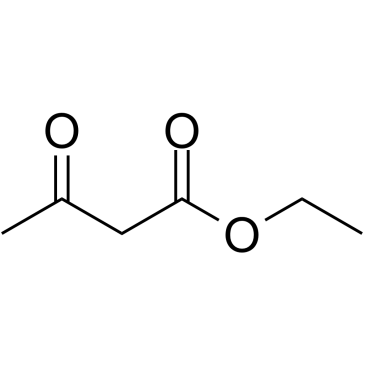 CAS#:141-97-9
CAS#:141-97-9 CAS#:75-07-0
CAS#:75-07-0 CAS#:50-00-0
CAS#:50-00-0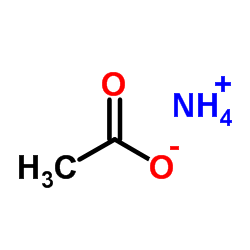 CAS#:631-61-8
CAS#:631-61-8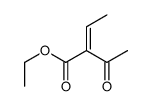 CAS#:15301-37-8
CAS#:15301-37-8 CAS#:108-05-4
CAS#:108-05-4 CAS#:626-34-6
CAS#:626-34-6 CAS#:64-17-5
CAS#:64-17-5 CAS#:75926-37-3
CAS#:75926-37-3 CAS#:74955-84-3
CAS#:74955-84-3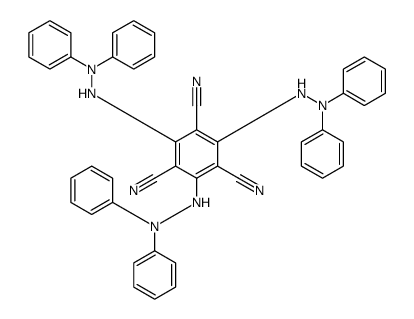 CAS#:20329-31-1
CAS#:20329-31-1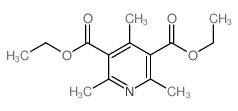 CAS#:1150-55-6
CAS#:1150-55-6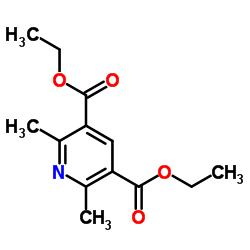 CAS#:1149-24-2
CAS#:1149-24-2 CAS#:54509-73-8
CAS#:54509-73-8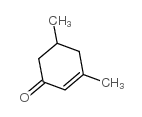 CAS#:1123-09-7
CAS#:1123-09-7 CAS#:1721-13-7
CAS#:1721-13-7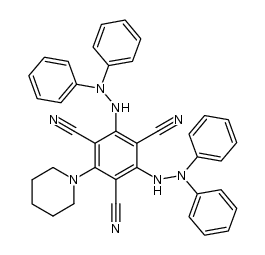 CAS#:61360-76-7
CAS#:61360-76-7